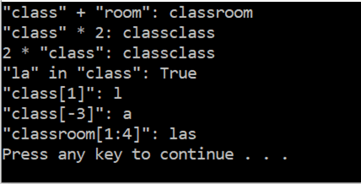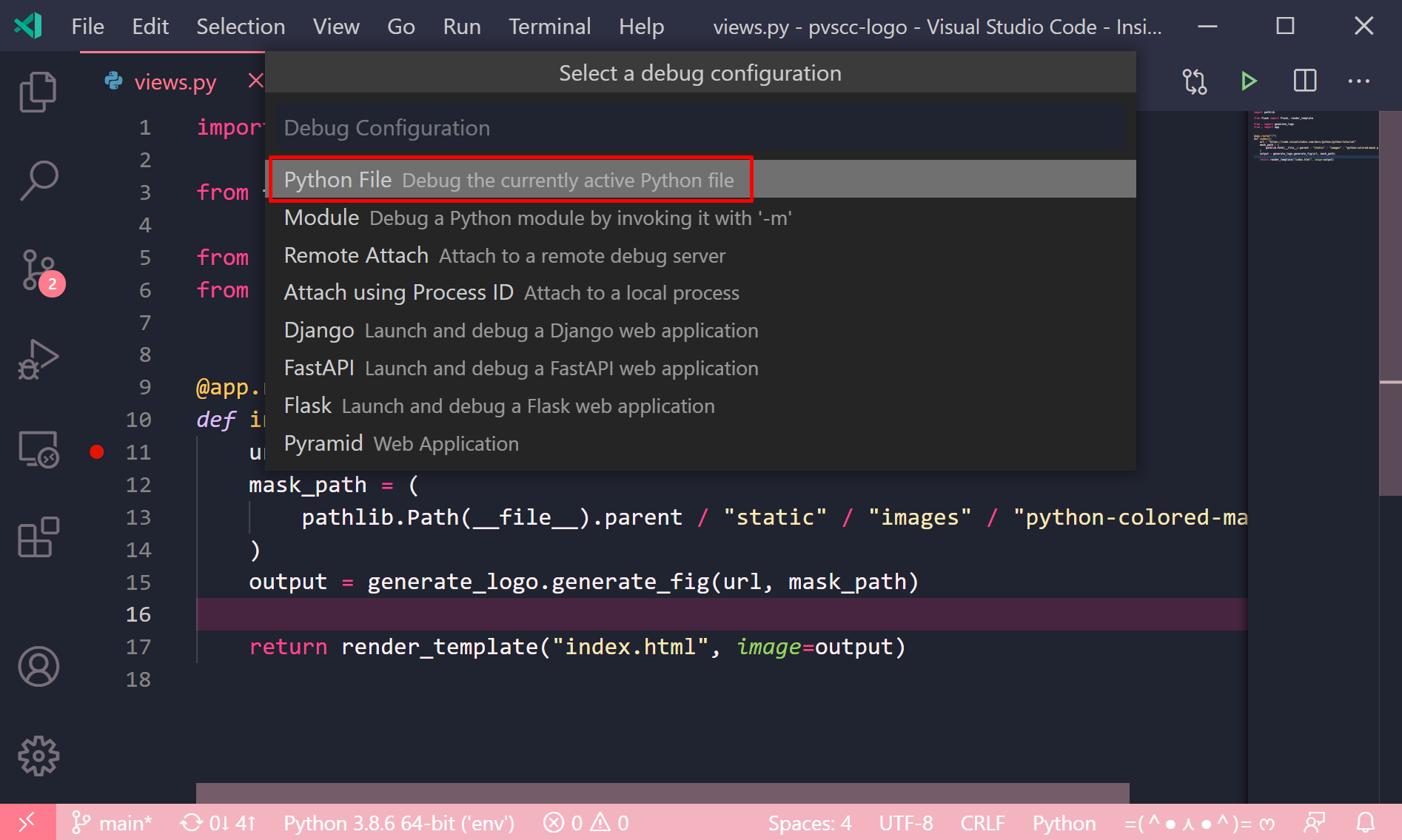

In nested tuples, a tuple can hold more tuples. Tuples can be stored in lists, and likewise, lists can be stored inside tuples. This is because lists can be changed, while tuples cannot, making tuples easier to track. So, if there is a smaller project or a lesser amount of data, it is better to use lists. When it comes to debugging, in lists vs tuples, tuples are easier to debug for large projects due to its immutability. Thus, the size of created lists can be changed, but that is not the case for tuples. Tuples have a fixed length, while lists have variable lengths.

Lengths differ in the two data structures. Similar data type elements can be stored in tuples, and different data type elements can also be stored in lists. But this is not a restriction for the data structures. While homogeneous elements, elements of the same data types, are usually stored in lists. Type of elementsĮlements belonging to different data types, i.e., heterogeneous elements, are usually stored in tuples. This helps in making tuples faster than lists when there are a large number of elements. Between the two, tuples have smaller memory. In Python, tuples are allocated large blocks of memory with lower overhead, since they are immutable whereas for lists, small memory blocks are allocated. Some of the Python functions can be applied to both data structures, such as len, max, min, any, sum, all, and sorted. These are insert and pop operations, and sorting and removing elements in the list. Because tuples are immutable, they cannot be copied.Īlthough there are many operations similar to both lists and tuples, lists have additional functionalities that are not available with tuples. On the other hand, particular elements on the tuple cannot be reassigned or deleted, but it is possible to slice it, and even reassign and delete the whole tuple. Elements and slices of elements can be deleted from the list. Along with this, the entire list can be reassigned. For example, in data science, if a list already exists, particular elements of it can be reassigned. So, some operations can work on lists, but not on tuples. This means that lists can be changed, and tuples cannot be changed. One of the most important differences between list and tuple is that list is mutable, whereas a tuple is immutable. Difference in syntaxĪs mentioned in the introduction, the syntax for list and tuple are different. The following sections provide a detailed version of list vs tuple for better understanding.

Unexpected errors and changes rarely occur in tuples. Unexpected errors and changes can easily occur in lists. Operations like insertion and deletion are better performed. Implications of iterations are much faster in tuples. The implication of iterations is time-consuming in the list. The table below includes the basic difference between list and tuple in Python.


 0 kommentar(er)
0 kommentar(er)
